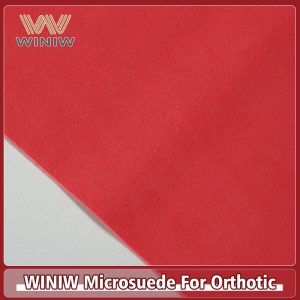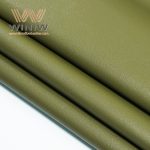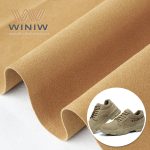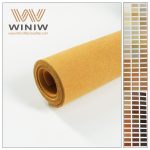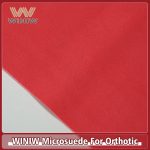-Artificial Leather Market Share in Footwear
In the footwear manufacturing sector, artificial leather occupies a significant market share due to its unique properties and affordability.
According to Huajing Intelligence, shoe leather accounts for 38.3% of the downstream applications of artificial leather, a proportion that highlights the wide use of artificial leather in the footwear industry.
From sports shoes to casual shoes, artificial leather has become an important material for footwear design and manufacturing.

-Renowned brands and the choice of microfibre leather
Many of the world leading brands have embraced synthetic leather in their footwear designs, especially microfibre leather, which is favoured for its superior texture and performance.
For example, sports brands such as Nike, Adidas and Puma, as well as Vans and Dr. Martens in the fashion sector, all use microfibre leather in their product lines.
The choice of these brands not only reflects the high quality of microfibre leather, but also pushes the whole industry in the direction of being more environmentally friendly and sustainable.

-Features and Advantages of Microfibre Leather
Microfibre leather is a high-end synthetic leather that mimics the look and feel of natural leather, while offering better abrasion and weather resistance and ease of cleaning.
The microfibre structure of microfibre leather makes it more delicate to the touch, and the diversity of colours and textures gives it greater flexibility in design.
In addition, the production process of microfibre leather is more environmentally friendly and contains no harmful substances, making it an environmentally friendly choice.
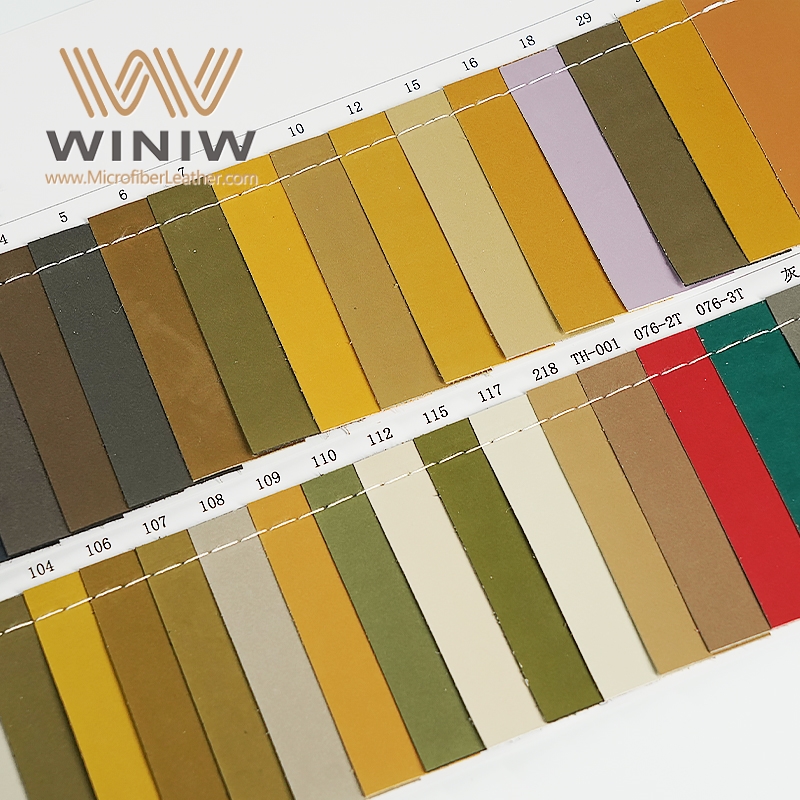
-Comparison between artificial leather and genuine leather
Compared to genuine leather, artificial leather (especially microfibre leather) shows its advantages in several aspects.
Firstly, the production of artificial leather is not limited by animal resources, which helps to reduce dependence on animals and protect the ecosystem.
Secondly, synthetic leather is more advantageous in terms of durability and maintenance and does not require the same complex upkeep as leather.
In addition, artificial leather is more cost-effective, enabling more consumers to enjoy high-quality footwear products.
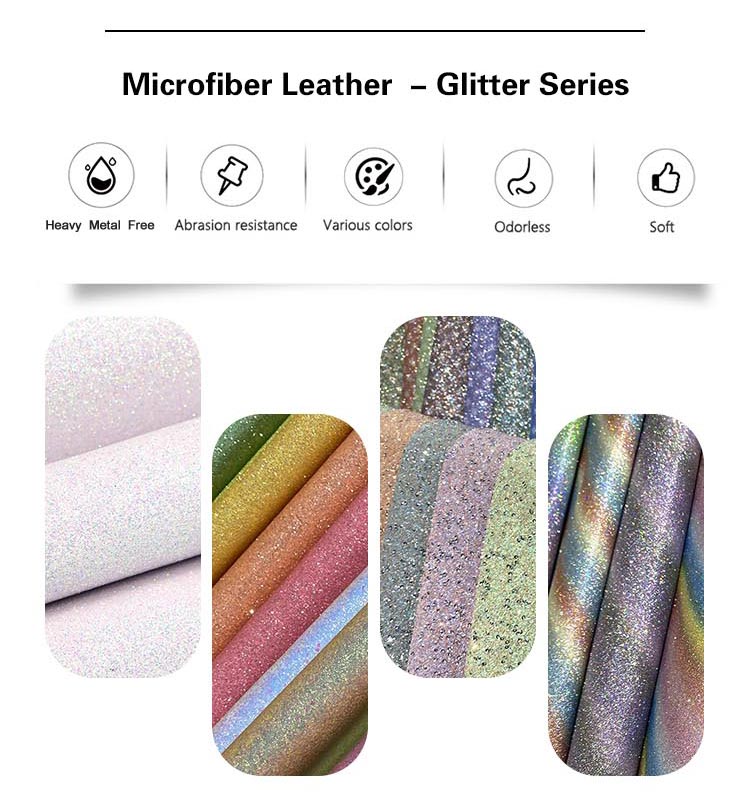
-Green Production and World Conservation
The use of microfibre leather as a footwear material is an important step in the footwear industry transition to green production.
The use of this material not only reduces the consumption of natural resources, but also reduces environmental pollution during the production process.
With consumers resources and promote green production.
The application of artificial leather, especially microfibre leather, in footwear manufacturing not only demonstrates the advancement of material science and technology, but also reflects the fashion industry responsibility and commitment to environmental protection.
With the continuous development of technology and rising consumer awareness, microfibre leather will continue to lead the green revolution in the footwear industry, contributing to our planet and our future.




